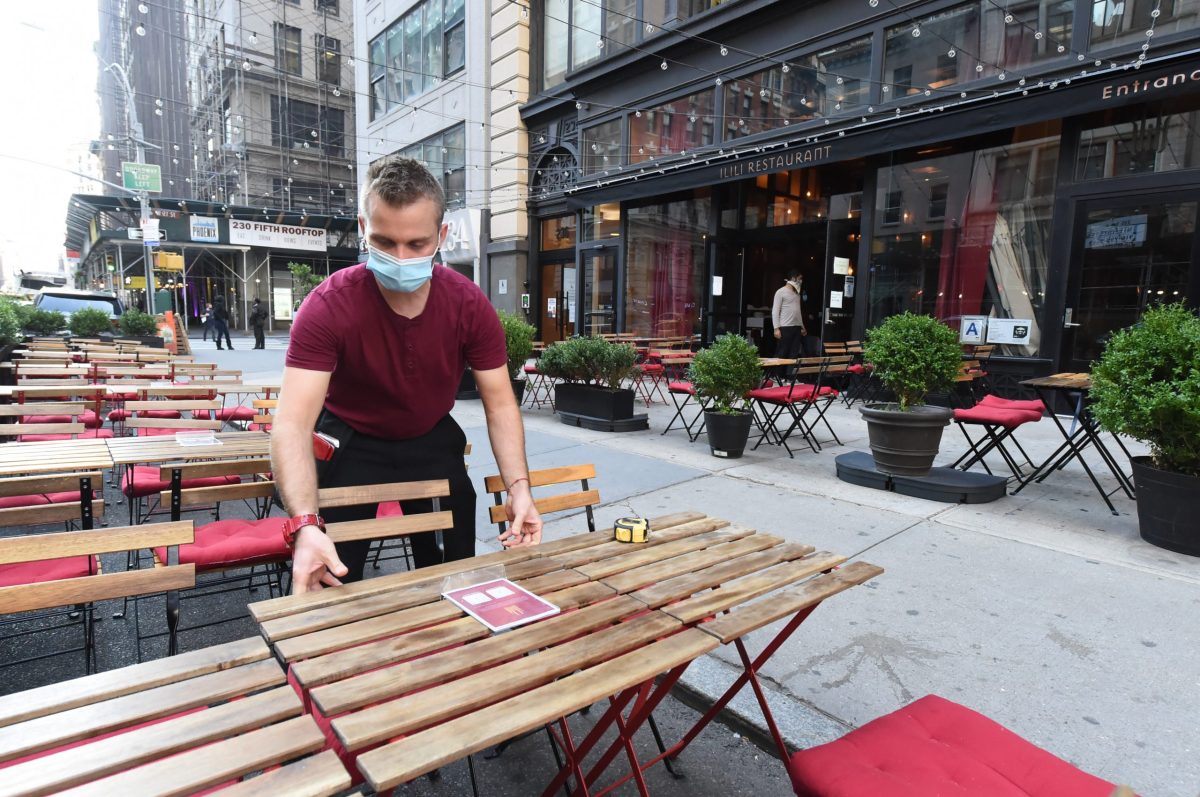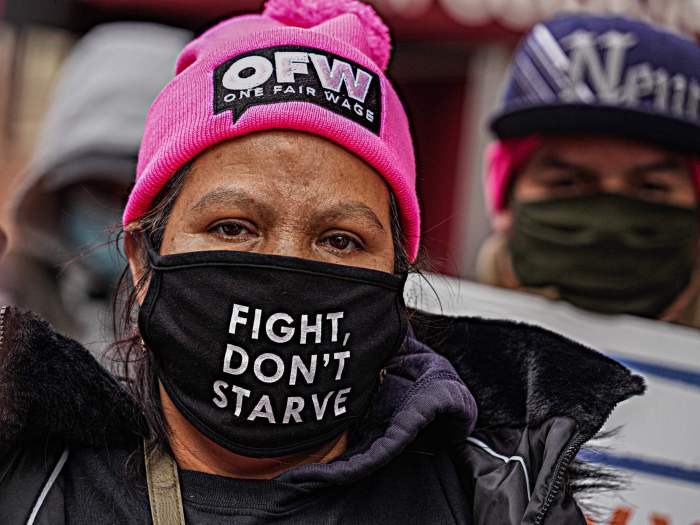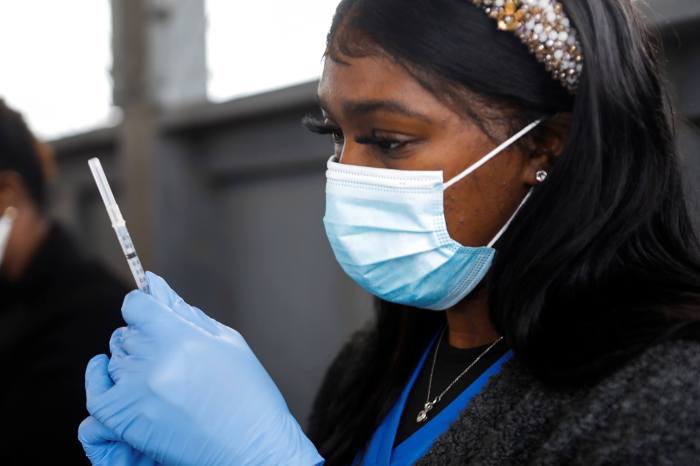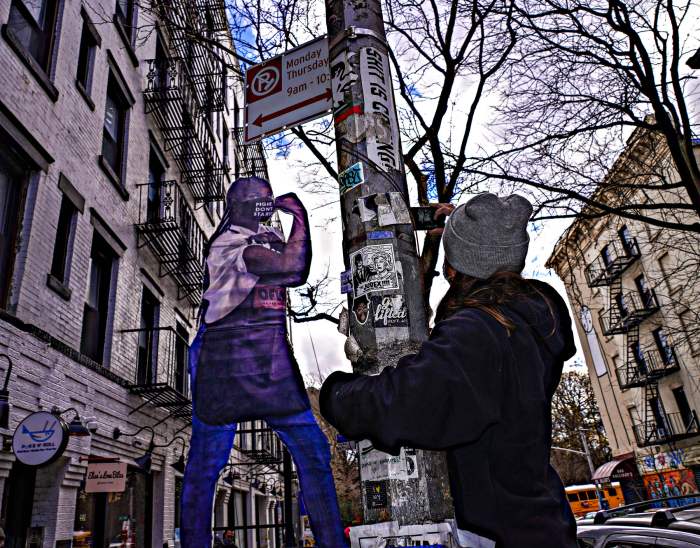July 18 marked the kickoff of New York Restaurant Week. Like so many other visitors sampling New York dining this month, dining out in New York is one of my favorite things to do. Whether it’s a greasy spoon in Queens or a Michelin-starred hot spot in Manhattan, eating out with friends and family is a quintessential part of life. And New York is a food town. But right now, dining out in New York kind of stinks.
According to federal data, employment levels in the private sector have returned to their pre-pandemic levels. Yet, to pick just one example, the famed Ukrainian restaurant Veselka in the East Village can’t return to its usual pre-pandemic 24 hour service because of a shortage of workers. Restaurant reservations are harder than ever to come by, and if you manage to get one, service feels slower than ever, too.
As of May, data pointed to a significant shortage of restaurant workers, and New York State is leading this trend. While 1 in 10 workers have left the industry nationally, 1 in 5 workers have left New York’s restaurant sector – the highest of any state. The reason is that people no longer want to work for poverty wages. There’s a simple way to solve the high turnover problem and lift restaurant workers out of poverty: a Cornell University study found that employers could cut their turnover almost in half with higher wages and better benefits. Restaurants don’t have a worker shortage, they have a wage shortage.
For almost a century, the United States has had a subminimum wage for restaurant workers. Business owners in the restaurant industry can legally pay their workers less than the minimum wage, and customers are supposed to make up the difference with tips. Which is fine when you work at a high-end steakhouse, but is a raw deal if you work the graveyard shift at an all-night diner. Or if it rains during your shift. Or if a pandemic shuts down half your seating capacity and keeps customers away. And no, owners don’t always ensure that tips bring workers to the full minimum wage. In fact, over half of all women and nearly 60 percent of women of color currently working in the restaurant industry report they are not earning enough tips to bring them to the full minimum wage.
I know this from experience on the other side of the table. Throughout college and law school, I worked as a waitress in four different restaurants, one of them an IHOP, where checks and tips are low. And while I make a point to always tip 20 percent now, most of my customers back then rarely tipped that much. Many left nothing at all. Now, as executive director of the National Consumers League, I call on my fellow consumers not just to tip more, but also to join us in calling for workers at IHOP and everywhere to actually get paid a livable wage from their employer with tips on top.
Workers are fleeing the restaurant industry because of ridiculously, systemically low wages and bad working conditions— including the worst rates of sexual harassment of any industry in the country. Indeed, 69 percent of tipped workers are women and they suffer 2.5 times the poverty rate of the rest of the U.S. workforce.
And by their own account, workers would return to being servers if they were guaranteed a full, fair minimum wage with tips on top. Surveys by the organization One Fair Wage found that the vast majority of workers are leaving the industry because of low wages but would stay if policies were changed.
The majority of people nationwide support the Raise the Wage Act, which would raise the federal minimum wage and require tipped workers to be paid a full minimum wage with tips on top. A poll by Reuters found that over two-thirds of all Americans support the idea of increasing the federal minimum wage to $15 per hour.
There’s an old saying that you get what you pay for. If we as consumers want to experience quality service, the restaurant industry should pay a wage that creates stability for a loyal workforce of skilled professionals —this is a win-win, because we as consumers will be able to enjoy an even better dining experience and workers will get a living wage. Restaurant owners know this, too and that’s why thousands and thousands of them have been raising their wages to attract and retain workers.
Sadly, while New York State should be leading on issues of worker justice, it is woefully behind states like California and Washington that already require restaurants to pay a full minimum wage with tips on top. Instead of listening to trade lobbies like the New York State Restaurant Association and the New York City Hospitality Alliance, we are asking Governor Hochul to listen to workers, employers and now even us – the consumers – who are calling on her to enact One Fair Wage.
And in the meantime, consumers should choose to eat at the thousands of restaurants around the country, and hundreds in New York, that are raising wages in response to the Great Resignation. You can join our campaign to DINE BACK BETTER, by pledging to support the growing number of New York restaurants that are paying a full, livable wage with tips on top.
One in 12 jobs in New York City is in the restaurant industry, so a strong restaurant sector is essential to our strong economy. Plus it would be wonderful to be able to dine out with excellent service provided by staff treated — and paid — respectfully, and know that when I leave my tip at the end of the meal, it’s exactly what it should be — an extra thanks on top.
Sally Greenberg is the executive director of the National Consumers League, founded in 1899 to promote the interests of workers and consumers in the US and abroad.



































